Arriving in Madinah, the city of the Prophet Muhammad ﷺ
It had been an arduous journey from Melbourne to Madinah, plagued by delayed and cancelled flights, missed connections, jet lag, and overall fatigue. It was somewhat emotionally draining as well, leaving loved ones in Australia for the start of a five month stint abroad, a day after the horrid attack on the mosques in Christchurch, and embarking on an important pilgrimage, the umrah.
It was two days later that I finally touched down in Saudi Arabia, in the city of Madinah, also called Medina. I peered out of the plane’s window to catch a glimpse of the surrounding countryside. My gaze was met by a line of barren, rocky hills, undulating as far as the eye could see. The airport was modern and cavernous but empty – obviously built for the hordes of pilgrims that arrive at other times of the year, but conspicuously quiet today.

Madinah is not like any other city. It’s the city where the Prophet Muhammad ﷺ, forced from Makkah (Mecca), lived and began to build a following in exile. It’s where his body was eventually laid to rest, and where one of the world’s first mosques was built. That mosque, Masjid al-Nabawi (“The Prophet’s Mosque”), has now grown to envelop the prophet’s tomb, and can accommodate up to one million worshippers at a time. Madinah is also the location of many important sites in Islamic history.
In short, Madinah is a big deal, both religiously and historically.
I checked into my hotel which, like most hotels in Madinah, is in the immediate vicinity of Masjid al-Nabawi. From my room I could spy the hills out towards the airport, and the flat expanse of land on which the city is built. Streams of pilgrims were gravitating towards the mosque, and in a moment of perfect timing, the mid-afternoon call to prayer erupted from the minarets behind my hotel.

In my jetlagged daze I stumbled out of the hotel, into the blinding sunlight, and towards the mosque. The streets were modern and clean, lined by huge modern hotels towering skywards – from local operations (like the Al Ansar Palace Hotel where I was staying), to international chains like Hilton and the Intercontinental. At street level the shops began to close up – according to Saudi law all business must stop for prayer times, and while patrons already seated in restaurants might be allowed to remain there, the external doors must close for ten minutes in respect of the prayer.
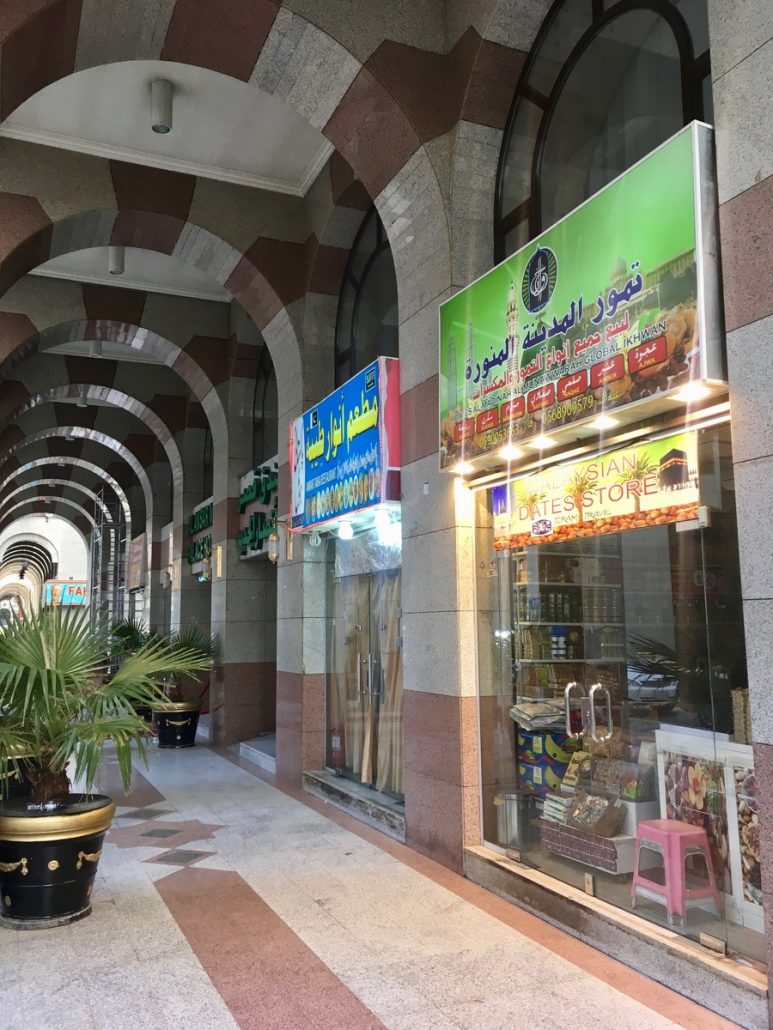
Regardless, in this extremely holy city nearly everyone is here for one purpose – to practice their faith, or to serve those who are doing so.
As I rounded the corner to the main street, I caught site of the iconic slender minarets and modern shade canopies that identify the Prophet’s Mosque. I joined the thousands of people ambling through the streets. The mood was orderly and reverential – large groups chatted quietly amongst themselves, and cars and buses didn’t sound their horns as the traffic ground to a halt. Traffic jams caused by throngs of pilgrims are just an accepted fact of life if one chooses to drive in the streets near the mosque at prayer time.
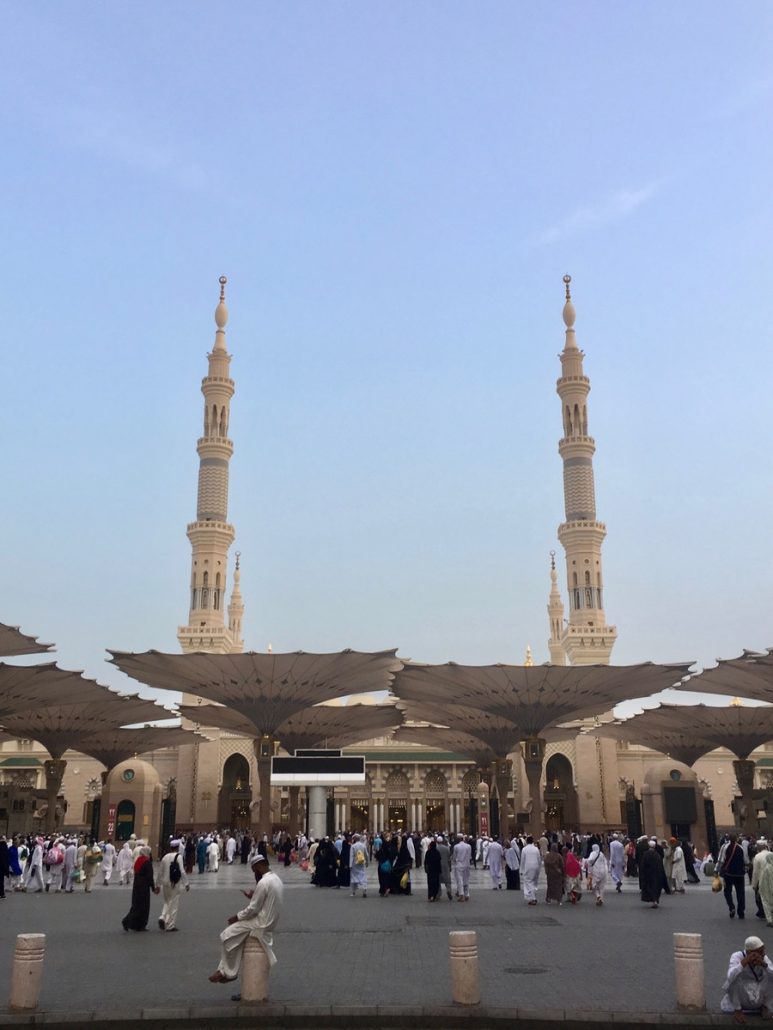
The marble-floored plaza outside the mosque is shaded by hundreds of canopies, and out of the sunlight pilgrims lolled around on the ground; some of them finishing off their picnic lunch, others snoozing after a long journey (probably more tiring than mine), and more just sitting in groups taking it all in. Catching sight of the arriving columns of humanity, they began to pack up what they were doing and form lines in anticipation of the impending prayer. Scores more were already seated at the squat stools which faced the ablution taps – to perform the prayer, and indeed to enter the holy mosque, Muslims are required to wash their hands, faces and hair, arms and feet.

The mosque is delineated by spectacular high walls and giant wooden doors, adorned with golden seals bearing the prophet’s name. When I visited, off-season, only certain doors were open, but I assume that in peak pilgrimage season (during the Hajj, currently during August) all the doors are used.

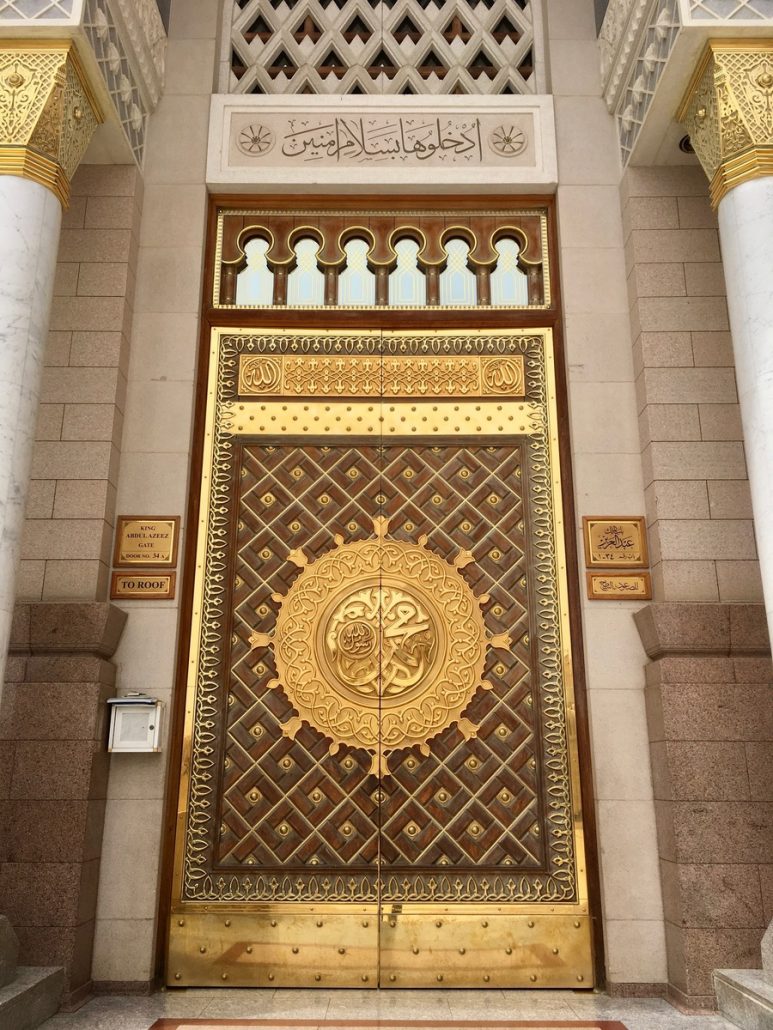

Inside, I felt a rising sense of excitement, but it was tempered by an overwhelming sense of peace. Looking back, I had expected that perhaps I would feel butterflies in my stomach as I arrived at this place which I had been waiting to visit for so long… but instead I felt a strange, unexpected comfort. It almost wasn’t exciting – it felt like coming home after a long journey, to a place that although totally foreign, I felt I belonged.
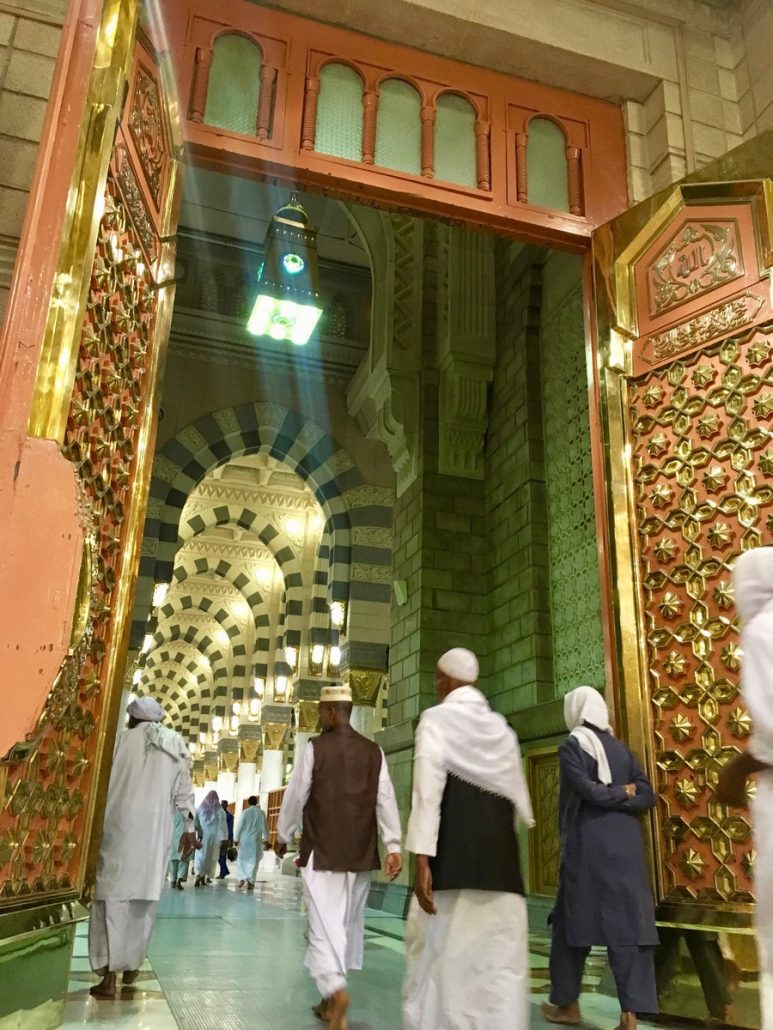
I took my step through the threshold of the mosque, and exhaled. I had made it. I looked up to take in the mosque’s columns which dwarfed me. The cream and gold pillars were topped in the striped stone that I recognised from countless mosques around the world. The first dome between the columns was befittingly spectacular, inlaid with intricate designs.

Making my way through the huge mosque (there is a significant lag between the call to prayer and the beginning of the prayer itself to allow people to arrive), I already noticed the different sections of the structure which had been built by various dynasties through the ages; Saudi (the most recent), Ottoman, and, at the far southern side, early Islamic. I tried to get as close to this part as possible, because immediately after the prayer I wanted to pay a visit to the tomb of the Prophet Muhammad ﷺ.

Needless to say, the mosque was filling up, but I was able to get within view of the oldest part of the mosque which comprises the tomb. Taking my place in a line with thousands of others, we performed the prayer, and I barely remember it – it was like I was floating on air. After the prayer ended I sat there for a moment in a daze… it might have been the jet lag, but I’m sure I was somehow under the spell of that beautiful place. As the faithful left their positions – some exiting to the outside world, some moving towards the tomb of the prophet, the air was one of an otherworldly calm. Again, reverence – respect for the place, and all that it represents.
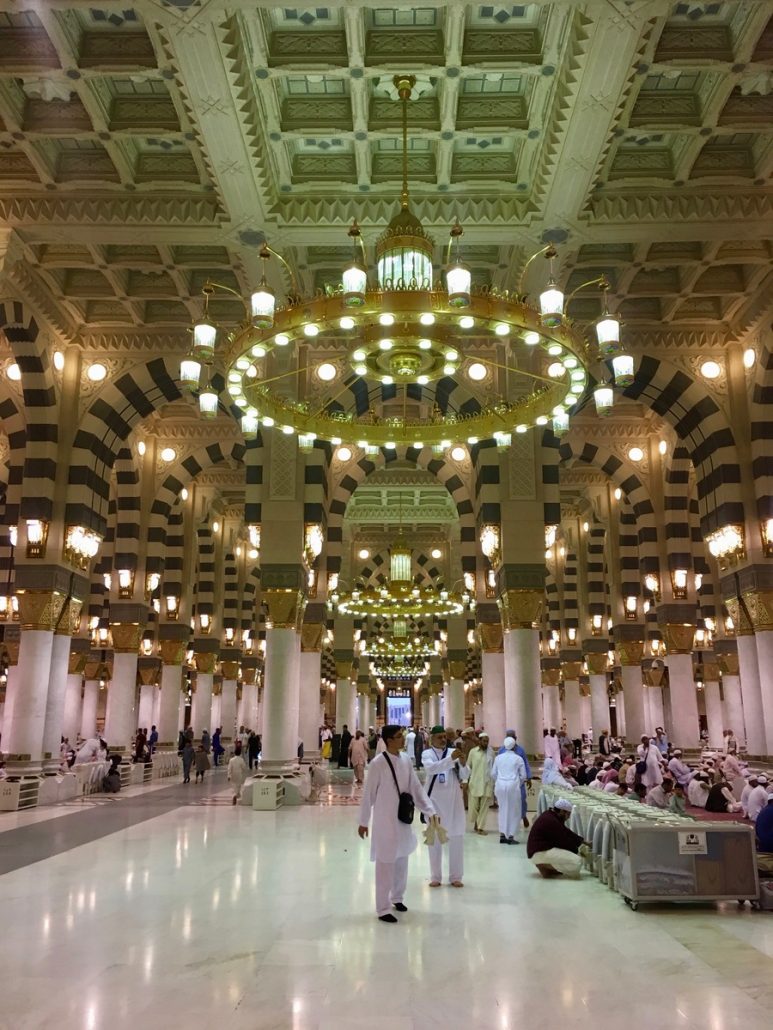
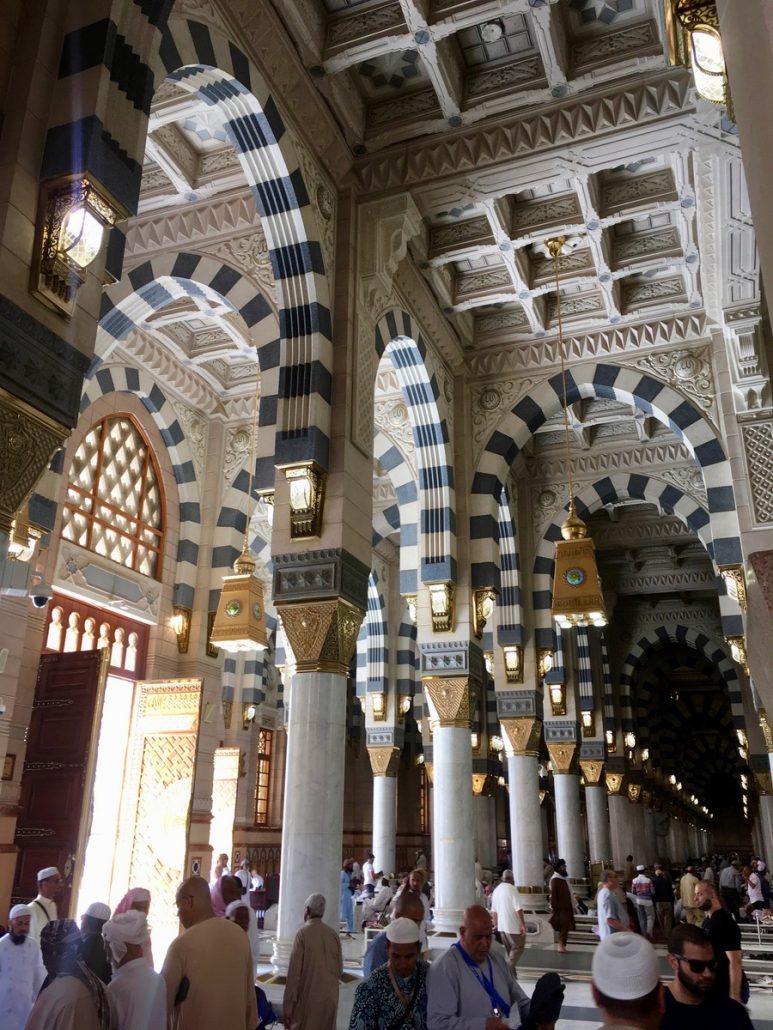
I picked myself up from the red carpet and started my way towards the prophet’s tomb. The mosque’s architecture changes in this part – wrought metal and rooflines finely decorated with floral designs, and the carpet is green. This part of the mosque is known as rawdah, “the garden”, and it is said to be a garden of Paradise (heaven) on Earth. As such, nearly everyone who visits the Masjid al-Nabawi tries to perform at least one prayer here – it is said that prayers made in this part of the mosque are always answered. The authorities maintain a constant crowd-control effort here, as the area can only accommodate a couple of hundred people at a time.
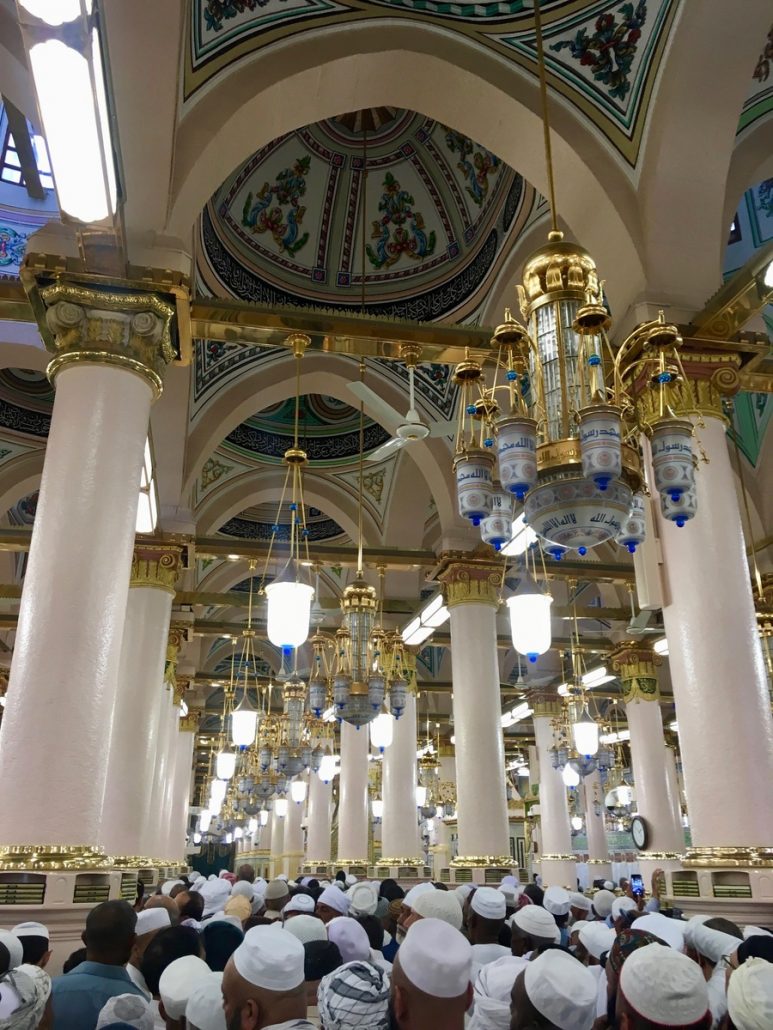
I patiently stood in line, surrounded by pilgrims from Pakistan, India Egypt, Saudi Arabia, Algeria, Indonesia, Malaysia, Sudan, Nigeria, Turkey and Afghanistan. We were being allowed to enter in groups – the guards used the columns of the mosque to create “squares” of the crowd with lengths of fabric, opening up one at a time like a giant game of human Tetris. Each time our square opened the crowd rushed forth, jostling almost silently to try and improve one’s position in the next batch. After an hour in line, the square next to us were admitted to rawdah, and then deciding that there was still enough space available, we were allowed to enter. We took up our positions in line, and began praying.

I was in such a rush to find a space – as I think most were – that I didn’t really take in my surroundings. It was only after performing the supplementary prayer (we had already completed the obligatory mid-afternoon prayers) that I had time to look around. The mihrab (prayer niche) where the Prophet Muhammad ﷺ once prayed still exists, as well as the minbar (pulpit) from where sermons were delivered. To my left, behind a green grille, were the graves of the first and second early caliphs (Muslim rulers) Abu Bakar and Umar. And, at the southern extremity of the room, the final resting place of the final prophet of Allah, Muhammad ﷺ.
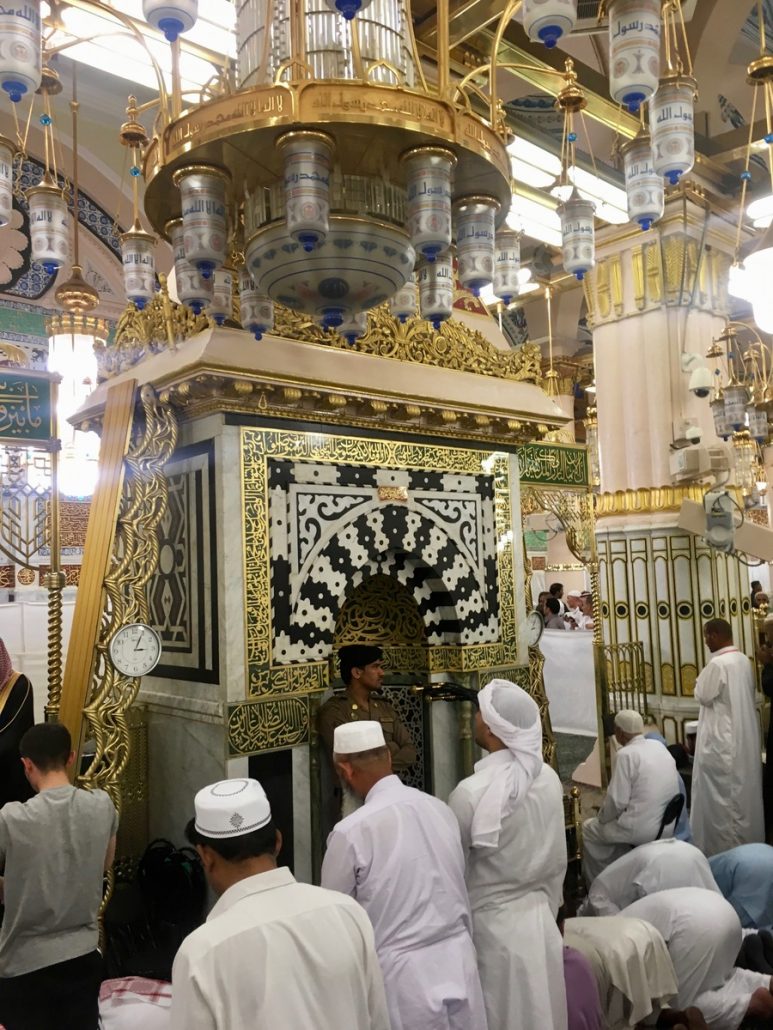
The moment was so intense, yet, like everything up to that point in Madinah, calm and sublime. It really did feel as if I had been allowed a sample of what heaven might possibly be like. Despite the crush of humanity around me, I standing alone on an island in the sky… and it was a moment of pure serenity.

And then our time was over – the next group were ready to be allowed in, and we walked past the prophet’s tomb and once again out into the blinding light of day… and it was perfect.

This is the first of many posts coming up about Saudi Arabia, and it’s not even the last from Madinah, so stay tuned – and subscribe to my YouTube channel to experience all of this on video in my series of Spectacle, coming up after Ramadan!
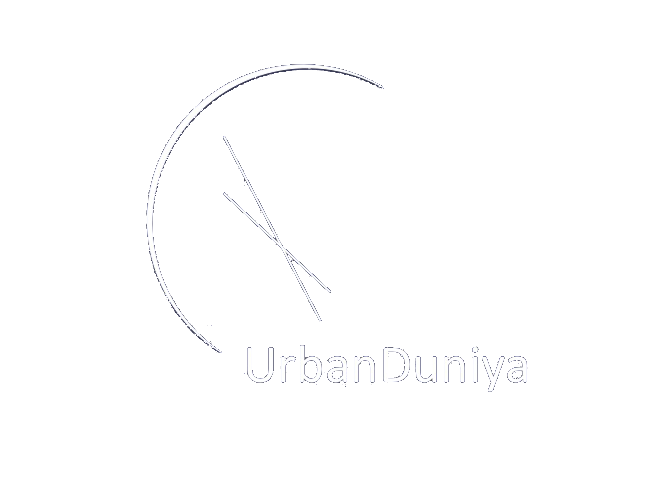
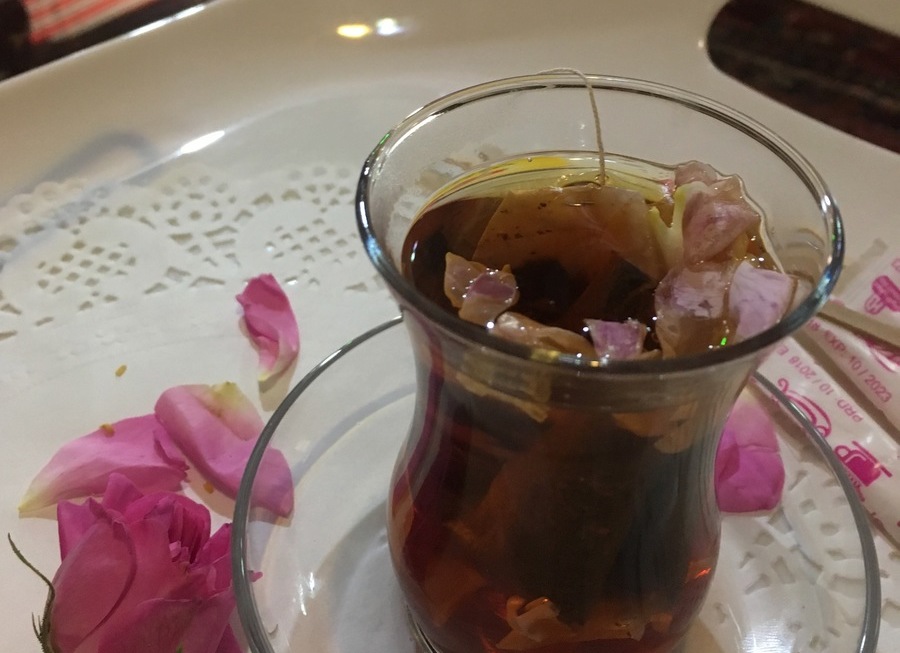


just breath taking Tim! Stunning architecture, vision, use of marble! Imagine just how much money was poured into Medinah to create what there is now. Including that airport!
Thanks Andy! It was a truly memorable experience!
You made it to Saudi Arabia! Somewhere I want to go also 🙂 Great writing and photos, love the ‘human tetris’ description! Look forward to hearing more…
Thanks so much Simon – glad you enjoyed it! More to come soon…